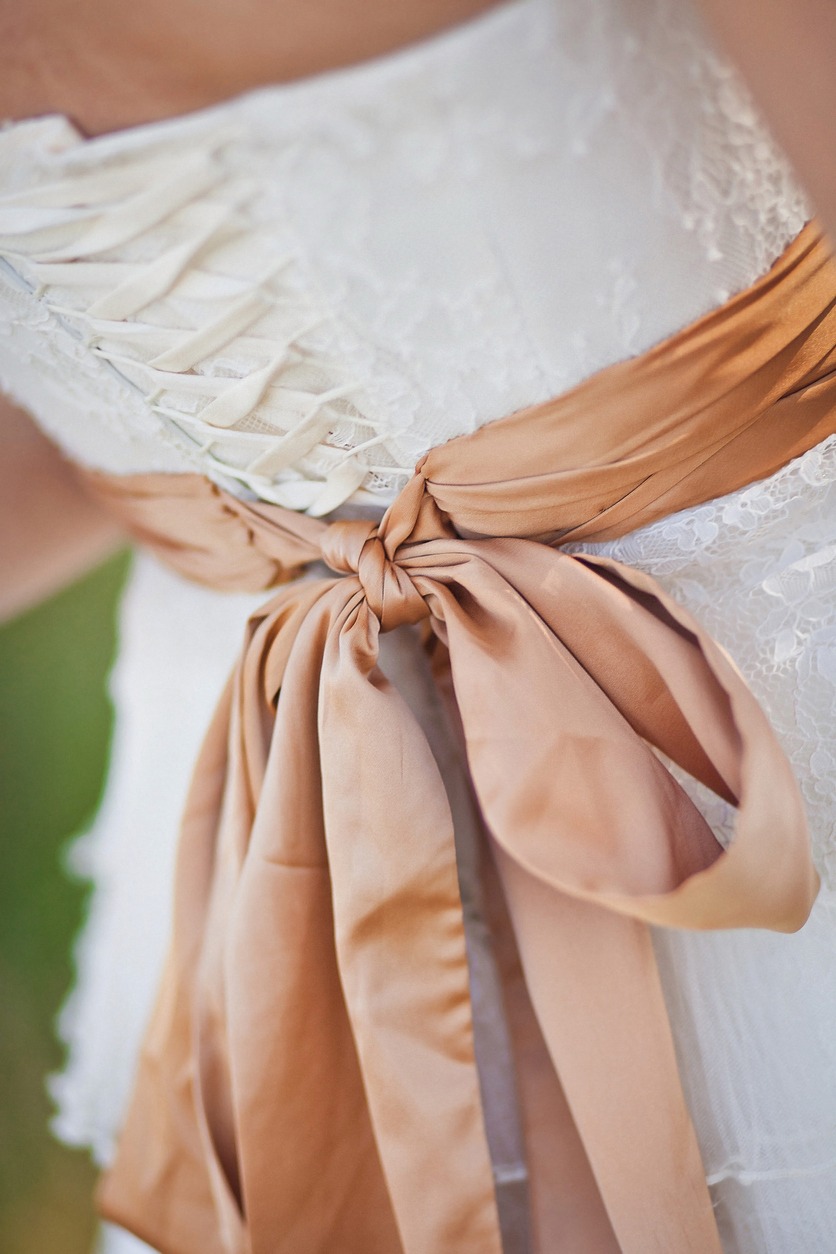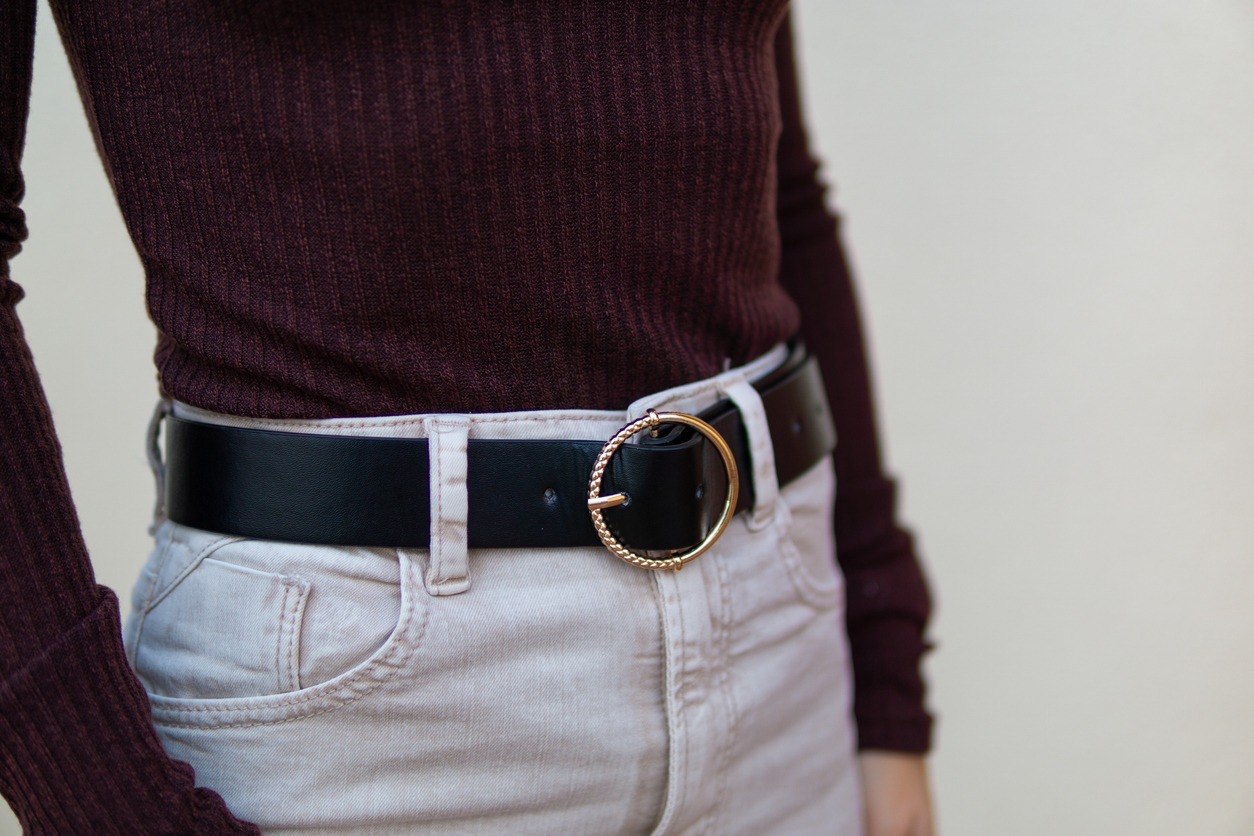Belts are among the earliest and most durable items of human attire. Since clothing became a thing, nearly every civilizations has had some sort of belt-like contraption. Have you ever wondered how this came about?
Belts can offer a surprising amount of insight about human evolution throughout history, revealing what people were doing at the time and what belts may have been used for.
In addition, it is fascinating to observe how drastically things have changed between then and now. Sit back and relax as we delve deeper into the history of belts than you probably ever thought you desired.
The First Belts
In the Bronze Age, between 3300 and 1200 BCE, the earliest belts were discovered being worn by individuals.
There are references to these early belts all over the ancient world, particularly in Europe and Asia.
Certain belts may have been fashioned of leather, but the vast majority resembled lengths of thread or string placed around the waist to secure trousers.
In addition to holding pants up, however, these belts were sometimes worn for fashion or to hang pouches.
Turn of the Century
Around the transition from one era to the next, belts also began to undergo some modifications.
While the traditional belt continued to be utilized, the girdle gained some popularity. Similar but distinct from the undergarment of the same name, which would not be produced for many centuries, these were fabric cords or strips that provided compression and support for a number of purposes.
The 17th Century
The Thirty Years’ War, which occurred in the early 1600s, is a prime illustration of the increasing prevalence of belts as military ID.
Belts were predominantly worn by men during this time period into the 1700s, with women’s fashion abandoning the accessory for some time.
1800s
The high-waisted trousers of the 1800s made it difficult to wear a belt comfortably. As a result, the advent of suspenders began to supplant the belt.
The exception was military officers, who frequently buckled their belts exceedingly tightly to create the image of a slender, triangular figure in order to appear more imposing.
In order to define the waist, belts and sashes were once again worn by women throughout this time period, although mostly with gowns.
Through the 1900s
We did say that this would be a condensed history lesson, right? The use of belts as a fashion item fluctuated throughout the 17th and 18th centuries, but made a comeback in the 19th century. Women would accessorize their outfits with belts and sashes to help define their waists.
The flapper trend of the 1920s caused many women to choose long dresses to pants with belts, but the collapse of suspender popularity in the 1930s led to an increase in the number of people who wore belts. Prior to the 1930s, buckles and belt loops were nearly nonexistent. In the past, belts were sometimes held together with knots or even glue. We cannot conceive that putting glue or making a knot in your belt buckle would result in a durable buckle!
The 1950s and Beyond
Although there was a notable supply deficit During the relative prosperity of the 1950s and 1960s, belts were able to re-enter the mainstream fashion scene for the first time since World War II in the 1940s. The market for belts has expanded to include the cinch belt, broader women’s belts, metal belts, and belts with a prominent buckle.
In the 1970s and 1980s, belts featured some of the most innovative and “original” designs to date, however it’s no secret that fashion began to become more “daring” during this time. The punk, heavy metal, and grunge subcultures frequently used the now-iconic studded belt during the 1990s, which was a symbol of rebellion. Belts with studs typically featured plastic or metal spikes.
The 21st Century
The belt has evolved into one of the most popular, fashionable, functional, and vital everyday items for men. The belt game is stronger than ever before. With new materials, manufacturing processes, and changes in how belts are fastened the belt is superior than ever before. In the 21st century, belts became thicker or thinner (depending on personal desire), tougher, and more trustworthy, and buckles began to make their own fashion statement. The introduction of various hues, textures, stitch lines, and weights gave men complete control over their belts.
Belt-making materials have developed from the Bronze Age to the present. With lighter, stronger, and more lasting belts now in the market- we had to ask…how did we get here?
Present Day
By the 90’s and all the way up to the present, belts are mostly uniform in material and appearance.
The typical belt is made of medium-sized, neutral-colored leather with a metal buckle of contrasting hue. Belts are rarely supposed to be glanced at with an outfit, merely meant to blend in with the rest of a look.
One of the few exceptions is the studded belt, which is typically linked with punk or grunge subcultures and features metal or plastic spikes on its exterior. Belts of varied hues may also be counted, but less for their inventiveness and more for their contrast with the more normal hues of most belts.
Today the belt materials utilized have developed to include leather, suede, nylon, and even some aluminums. Sizes too have grown more uniform and whereas the traditional belts employed a hole and buckle pin method to fasten and secure on your waist, the more modern belts feature the no holes’ ratchet technique. In spite of this, metal buckles with a variety of finishes continue to be worn today.
Belt Advancements
Belt production and design can incorporate technological developments. In the twenty-first century, belts have maintained their classic leather components while incorporating intriguing new inventions.
- Nylon Webbing – Nylon is one of the most durable and flexible belt materials available today. Many belts are now predominantly constructed of nylon, a durable and somewhat lighter alternative to leather.
- Full Grain Leather – Like the “agave tequila” you consume, you recognize the distinction between fillers and quality. Many belts that purport to be “leather” do not withstand the wear and tear we subject them to. Full grain and single cut leather belts are currently a common component in the belt industry. With leather being colored and treated before to its final production, belts are now more durable than ever.
- Aluminum Alloy- Aluminum Alloy is one of the lightest and strongest materials available, and many belt buckles are now fashioned from it rather than metal.
In conclusion
Where will the belt game go from here? Existing concepts and prototypes indicate fresh and futuristic developments, such as computerized tracking/reading to an iPhone and Bluetooth syncing so you may listen to music while you travel. Some belts of the present day even include concealed compartments, embedded app technology, and composites comprised of lighter yet equally resilient materials. If history has taught us anything, it is that as we evolve, so will our belts.
Also, if you are looking for tips and recommendations about work belts, you may check out our Guide to Selecting Work Belts.




